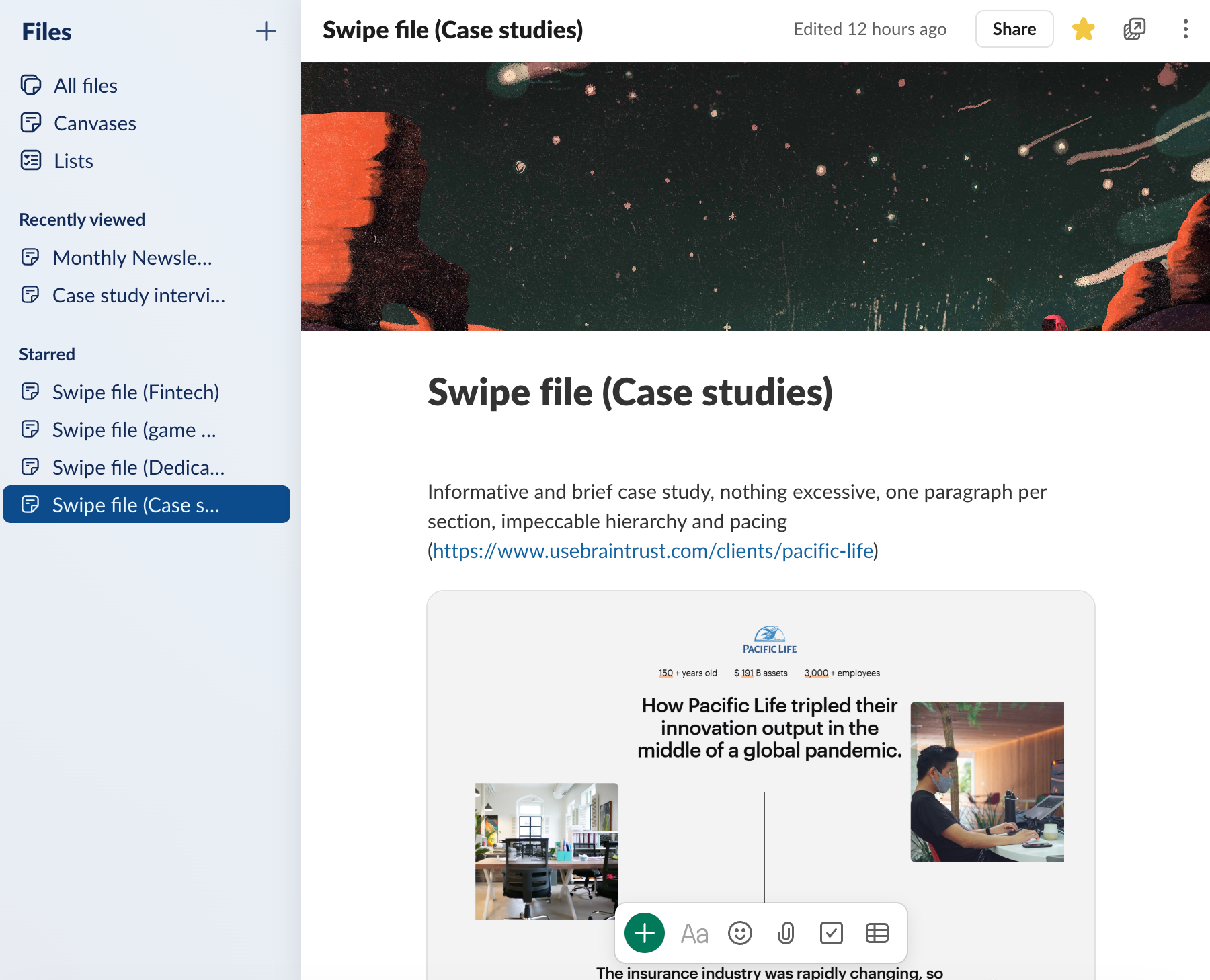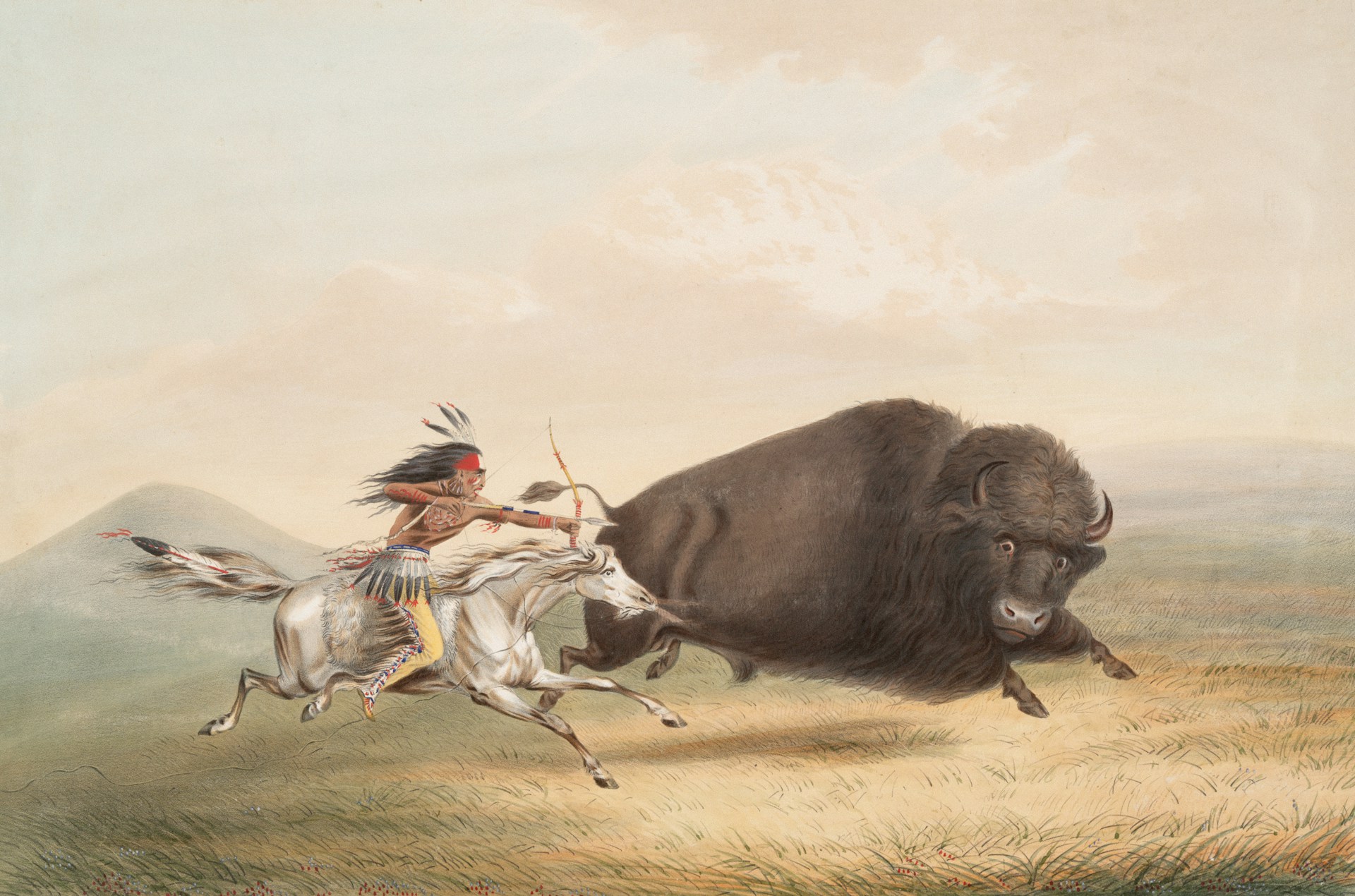From Reads to Leads is a newsletter for B2B tech founders and marketing leaders whose marketing isn’t working. It’s about positioning, messaging, content strategy, operations, and results. If this was sent to you, subscribe here so you don't miss the next email.
In today's newsletter:
I'll be on a call with a potential client. They need help with content. They show me what they've published so far. And it's terrible.
Bad introductions. When a writer begins an article with “the X market is continually growing,” I know their piece is about nothing.
No authority. When a writer can't figure out how to connect the company's expertise to the context, and instead just lists “we did this, we did that,” calling that case studies, I know they did a poor job interviewing experts.
Lifelessness. When a writer can't make a single interesting example or tell a relatable story, I can tell they put themselves to sleep while writing.
I'll say, "We can do better than this."
But that type of client just doesn't get it. They genuinely don't see the problem with their content.
They can't tell the difference between good and bad writing.
A few years ago, content writers would spend their time in chats debating Oxford commas.
Grammar was the challenge. Get that right, and you were "good."
But now, ChatGPT handles grammar. It can produce technically perfect sentences (Grammarly will argue that 😄). But those sentences are still boring. While AI solved the grammar problem, it didn't solve the taste problem.
Taste is what separates content that's technically correct from content that keeps people reading.
And lots of writers in B2B still don't have it. Neither do some clients who need help with content.
At Zmist & Copy, most of our clients are international. Many are non-native English speakers running English content programs.
I've noticed that many people who haven’t been exposed to quality English writing struggle to recognize it. They simply haven't consumed enough high-quality English content to develop an ear for what works. They haven't read Steinbeck, Fitzgerald, or Bukowski in the original. Not even a single article on the New Yorker. Which is understandable, I guess. Unless you have a strong reason, why would you push yourself to read in a foreign language in your free time? It’s easier to pick up something in your own language. Or just watch Netflix.
This lack of exposure is exactly why so many writers from non-English markets often produce technically correct but stylistically flat content. They don't understand rhythm, voice, or tone.
I didn’t grow up in an English-speaking market, but I’ve developed an ear for good writing. Here’s how I trained it.
When I was just starting out, I had a notebook where I would handwrite sentences I loved. Now, I have “Examples" folder in my Chrome bookmarks where I add links with great copy.
Here're some sources I used to copy and recommend to you (especially if you work in B2B tech):
Paul Graham's essays - straightforward and clear.
Mark Manson's articles - raw and relatable.
TechCrunch - conversational and techie.
Basecamp - check out their website every now and then, they always have something new to learn from.
The New Yorker - storytelling.
Reddit - how real people actually talk.
Read also: How I'd start if I wanted to become a copywriter today
When I became CMO at Yalantis, I had to edit everything our content team produced. That's when I started seeing problems I'd been making in my own work.
Editing forces you to diagnose. Why doesn't this sentence work? What makes this paragraph feel wrong? Where did I lose interest?
You train your writing taste when you edit someone else's work.
I used to read every piece I wrote at least 5 times before publishing. Each time, I'd catch something. A word that didn't earn its place. A missing transition. A claim that needed proof.
One caveat: when I edited my book (more than 5 times), I started hating my own writing. Countless revisions left me convinced I had no talent.
But self-editing does build taste. This is how you train yourself to question everything and understand what’s good and what isn’t.
A few times, I've sat with a client's client or someone from their target audience while they read my copy. I shared my screen and watched them react, and listened to their feedback.
Most writers send work off and never know what the intended reader thinks about it. But if you can get the target audience to read your work, you'll learn faster than any course could teach you.
My first swipe file was just a notebook full of handwritten sentences. At Zmist & Copy, it’s evolved into a system we use every day.
We save examples of great writing in Slack canvases.

And we use Easel in Arc Browser to collect good examples of copy as a reference. Every time someone finds a piece that works, we add it. When you're stuck, you can pull up examples and get yourself unstuck.
You can use these tips above to develop a taste for writing, but when you meet a client who still doesn't get it…
Writing taste is like style. Some people have it. They know how to dress and look amazing. You could shop at the same store, but still look meh.
If you're the writer with taste and your client doesn't have it, you'll constantly fight to keep quality high. You'll suggest revisions they don't understand. You'll advocate for changes they can't see the value in.
And sometimes, they'll question your best work because it doesn't look like what everyone else is doing.
That's the job.
Still can't recover from a client intro call I had last week. I couldn't explain why their "fine" content is actually terrible. If you've cracked that code, let me know.
Kateryna
P.S. If we aren't connected already, follow me on LinkedIn and Instagram. If you like this newsletter, please refer your friends.
P.P.S. Need a hand with content? Fix your mediocrity problem with Zmist & Copy

We try our best...We have highly qualified experts... We understand your business...We are small and flexible...We are global... And how many "We" do you have on your website? Read on to learn why self-centered copy ruins your marketing and how to write customer-centric copy that does the opposite.

Subscribe to From Reads to Leads for real-life stories, marketing wisdom, and career advice delivered to your inbox every Friday.